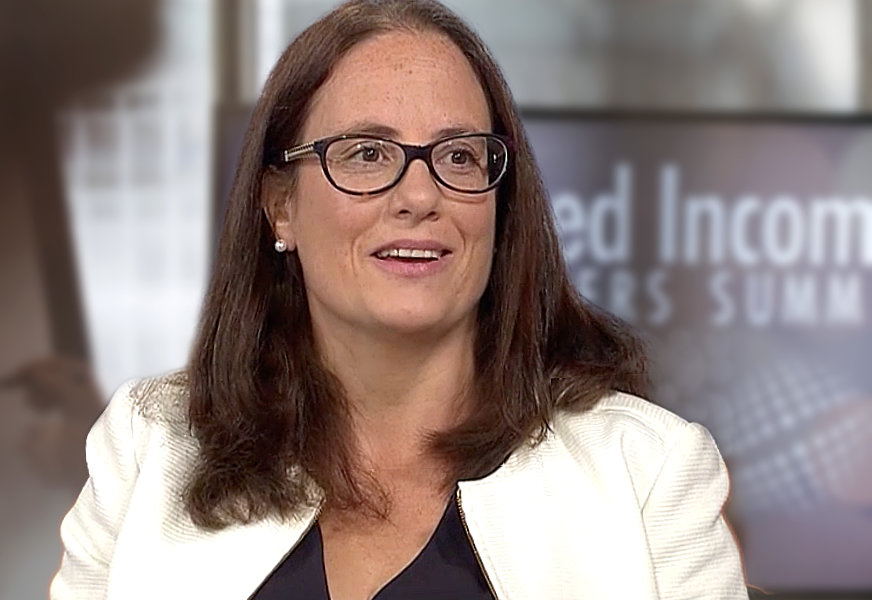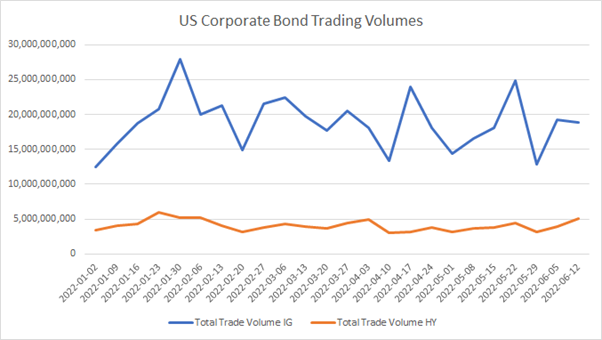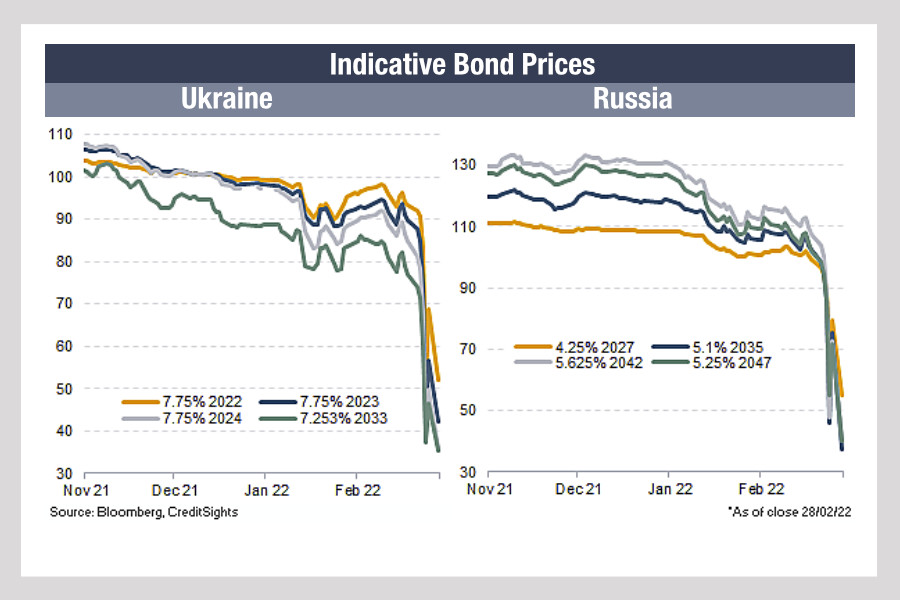When we look at the priorities of trading desks in developing more automated tools, we can consider the longer term market trends as a good indicator of consistent pressure.

Since the 2020 liquidity crisis, the number of unique high yield US bonds in play in the market has increased significantly, on a monthly basis.
Using MarketAxess data to look back to January 2019, and running the data up to October 2021, what we see pre-crisis is a liquidity supply of between 3300 to 3400 unique bonds per month. That changes when the financial crisis hits in mid-Q1 2020, and continues after March as the new issue calendar rises dramatically, increasing to an average figure of over 4000 unique bonds per month up to October this year, an increase of around 17-18% across the board.
In the meantime, trading volumes for the period were varying wildly, with spikes in the Q1/Q2 crossover in both 2020 and 2021 breaking the US$250 billion mark, showing that the volume set against the number of HY CUSIPs is declining.
The impact in HY trading is likely to be two-fold. Firstly, liquidity fragmentation is likely to be increasing as volumes fall but CUSIP numbers rise, which will make a stronger case for pre-trade liquidity aggregation tools. Secondly, as every unique instrument requires a pricing mechanism, and the volume of work has increased by approximately 17% while the number of traders will have either remained the same or declined, pricing will have to be automated to a greater extent.
With trading volumes changing, that potentially gives time for trading desks to allocate to more strategic development of capabilities, whether they use in-house resources or suppliers. This gives us a compelling argument for high yield trading desks to be investing in better pre-trade pricing and liquidity aggregation tools – and data sets – in order to manage this burden effectively. Automation in the credit markets has primarily focused on the more liquid investment grade bonds historically, and that has driven investment in data and analytics to better manage the process.
©Markets Media Europe, 2021
TOP OF PAGE































































































